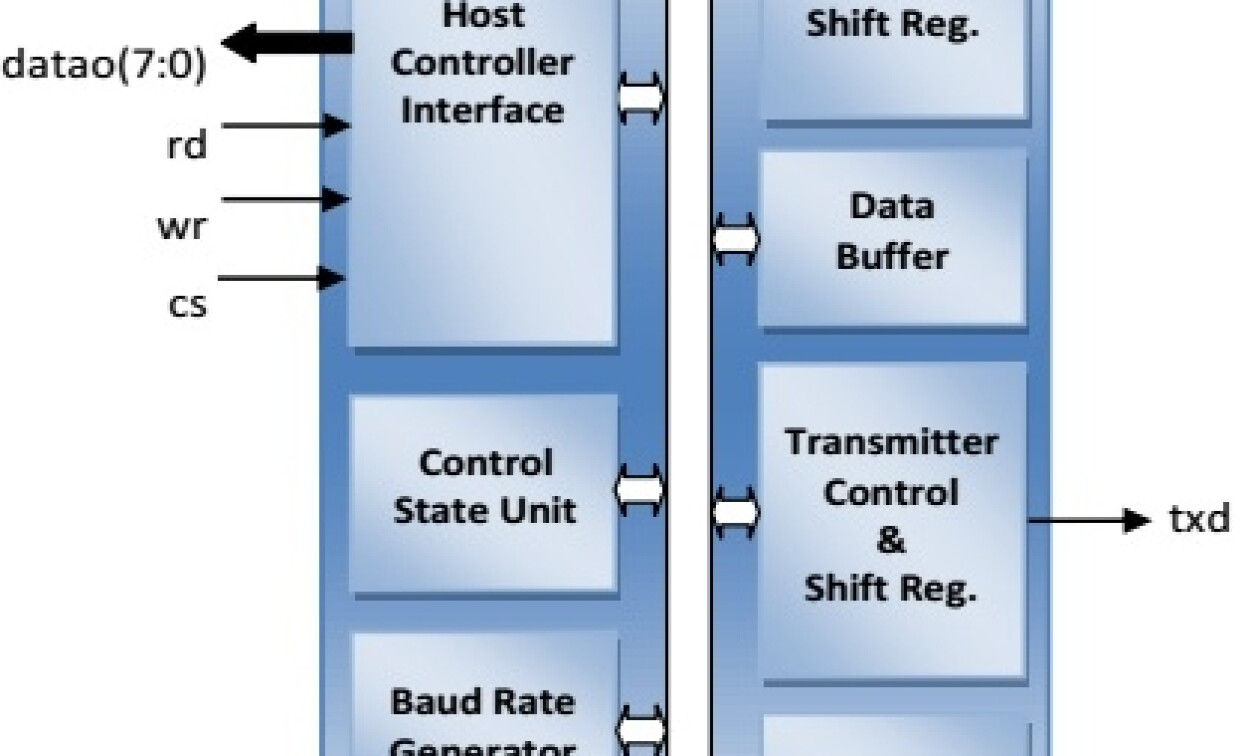Was having a look at that ISO to see how hard it is....usually are

This is from the Synopsys website and the ISO is not an actual legal requirement...yet... but a best practice in reality.
Is ISO 26262 Required?
ISO 26262 is not required by law, but many car makers and suppliers follow it to show their commitment to safety and to improve their products safety. Sometimes customers and regulators might require them to prove they follow the standard. But even if it's not required, it's still considered a good practice and following it can improve the safety of car electronic systems and show customers, regulators and end users the company's commitment to safety.
Gives a pretty detailed run down on what it is etc.
ISO 26262 ensures automotive safety by mandating a functional development process to minimize risks from E/E system malfunctions in commercial vehicles.

www.synopsys.com
When searching for the ISO I also saw Jan 23 article in Embedded about T2M getting the ISO for certain IP blocks...not us unfortunately haha
T2M released its certified ISO 26262 and AEC-Q100 Automotive Grade Silicon Proven IP Cores as small as 7nm for must have connectivity in automotive applications. T2M supports solutions needing CAN Bus IP Cores and LIN Bus IP Cores certified with ASIL (Automotive Safety Integrity Level) packages...

embeddedcomputing.com
Complete ASIL-A,B,C,D and ISO26262 Certified IP Cores from T2M
ASSOCIATE EDITOR
EMBEDDED COMPUTING DESIGN
January 24, 2023
But it did make think of T2M as recalled reading something once that BRN engaged them in the early days for Akida.
I presume they still have a relationship / engagement to market and sell Akida as on the Chip Estimate website they had T2M still flagged but maybe outdated?...though is for the IP so would have to be from when we started moving to IP I presume.
Wonder what reach T2M has?
Looking for leadership, state of the art, silicon proven, semiconductor IP & Software for your next SoC

t-2-m.com
AKIDA - Neuromorphic Computing
www.chipestimate.com
Log In
Akida-Scalable Neural Network AI Silicon IP
IP Preview
Name:Akida-Scalable Neural Network AI Silicon IP
Provider:T2M
Description:AKIDA - Neuromorphic Computing
Overview:The Akida Neuromorphic IP is the first neuromorphic IP available in the market. Inspired by the biological function of neurons but engineered on a digital logic process, this event-based spiking ...
Category:IP Catalog : Digital Core IP :
Processors : Other
Additional data available! Portability, process node, maturity, features, and more can be viewed by logging in with your ChipEstimate.com account.

www.synopsys.com

embeddedcomputing.com
t-2-m.com




